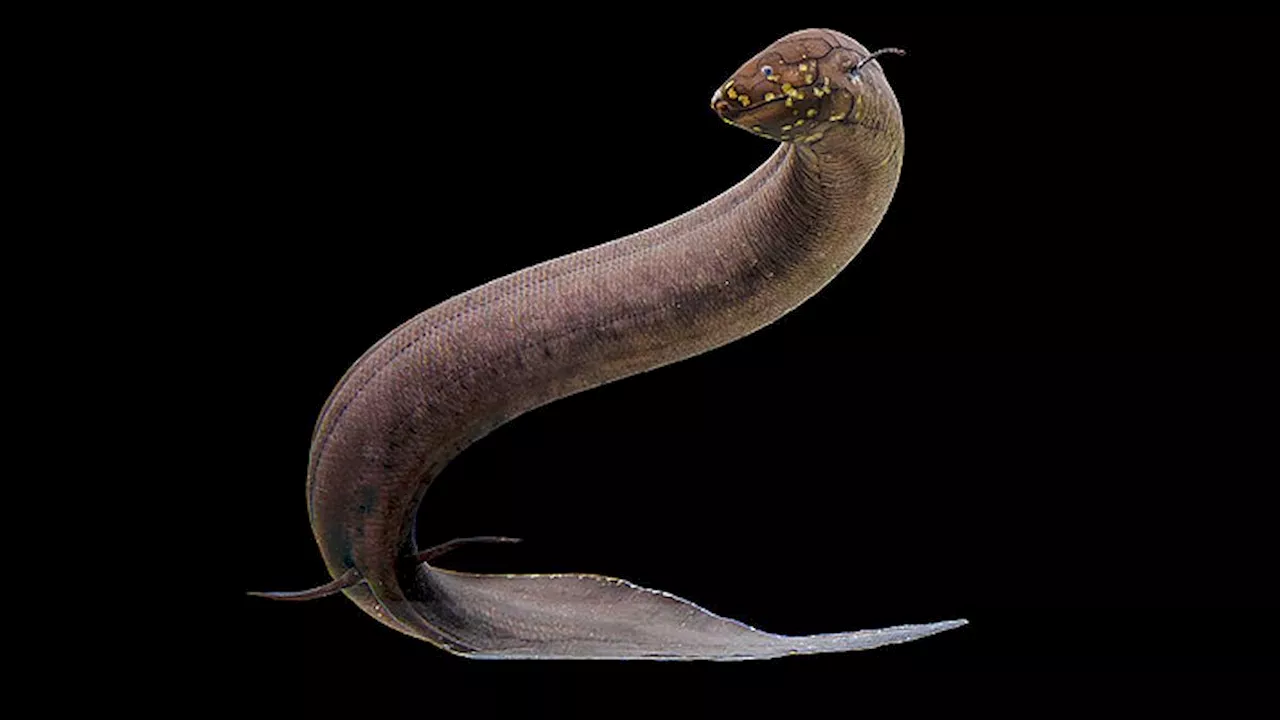Tia is the managing editor and was previously a senior writer for Live Science. Her work has appeared in Scientific American, Wired.com and other outlets.
Scientists have sequenced the largest known animal genome — and it's 30 times bigger than the human genome.
The team described the South American lungfish genome Aug. 14 in the journal Nature. It turns out, these air-breathing fish carry a whopping 91 billion base pairs, or letters, of DNA in their genomes. By submitting your information you agree to the Terms & Conditions and Privacy Policy and are aged 16 or over.The scientists also determined why lungfish genomes expanded so precipitously over the past 100 million years. It turns out that the South American lungfish had key genes that suppress TEs, which organisms may have inherited from viruses long ago.
United States Latest News, United States Headlines
Similar News:You can also read news stories similar to this one that we have collected from other news sources.
![]() Future chips could swap silicon for faster and more efficient 2D crystal semiconductor full of useful atomic 'defects'Skyler Ware is a freelance science journalist covering chemistry, biology, paleontology and Earth science. She was a 2023 AAAS Mass Media Science and Engineering Fellow at Science News. Her work has also appeared in Science News Explores, ZME Science and Chembites, among others. Skyler has a Ph.D. in chemistry from Caltech.
Future chips could swap silicon for faster and more efficient 2D crystal semiconductor full of useful atomic 'defects'Skyler Ware is a freelance science journalist covering chemistry, biology, paleontology and Earth science. She was a 2023 AAAS Mass Media Science and Engineering Fellow at Science News. Her work has also appeared in Science News Explores, ZME Science and Chembites, among others. Skyler has a Ph.D. in chemistry from Caltech.
Read more »
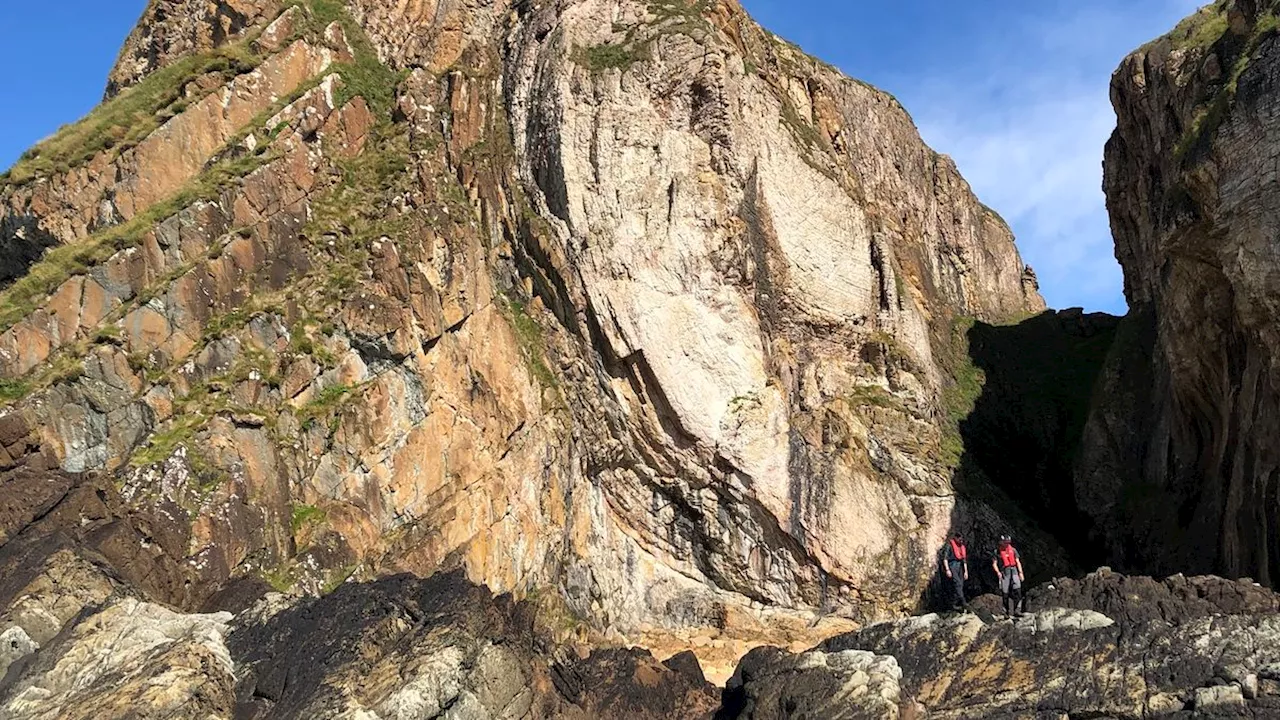 'Golden spike' showing the moment Earth turned into a giant snowball discovered in ancient Scottish rocksHannah Osborne is the planet Earth and animals editor at Live Science. Prior to Live Science, she worked for several years at Newsweek as the science editor. Before this she was science editor at International Business Times U.K. Hannah holds a master's in journalism from Goldsmith's, University of London.
'Golden spike' showing the moment Earth turned into a giant snowball discovered in ancient Scottish rocksHannah Osborne is the planet Earth and animals editor at Live Science. Prior to Live Science, she worked for several years at Newsweek as the science editor. Before this she was science editor at International Business Times U.K. Hannah holds a master's in journalism from Goldsmith's, University of London.
Read more »
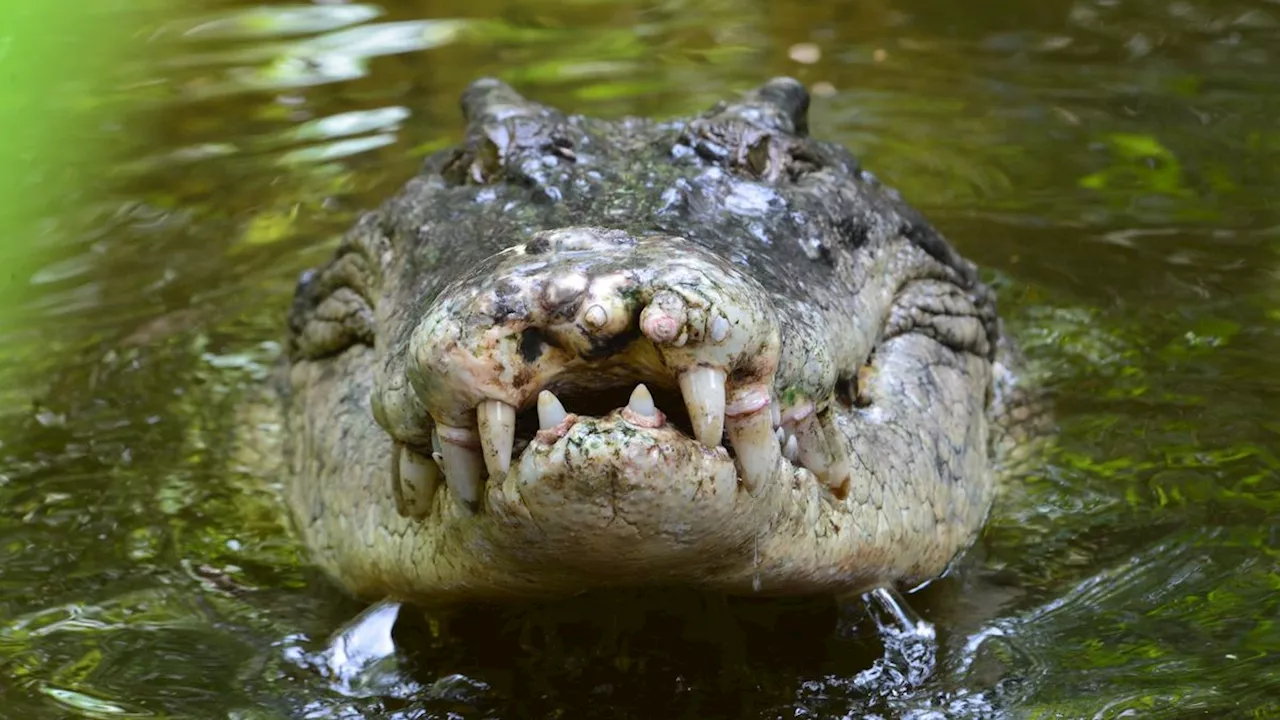 Crocodile 'fingerprints' may reveal Australia's deadly, hidden predatorsHannah Osborne is the planet Earth and animals editor at Live Science. Prior to Live Science, she worked for several years at Newsweek as the science editor. Before this she was science editor at International Business Times U.K. Hannah holds a master's in journalism from Goldsmith's, University of London.
Crocodile 'fingerprints' may reveal Australia's deadly, hidden predatorsHannah Osborne is the planet Earth and animals editor at Live Science. Prior to Live Science, she worked for several years at Newsweek as the science editor. Before this she was science editor at International Business Times U.K. Hannah holds a master's in journalism from Goldsmith's, University of London.
Read more »
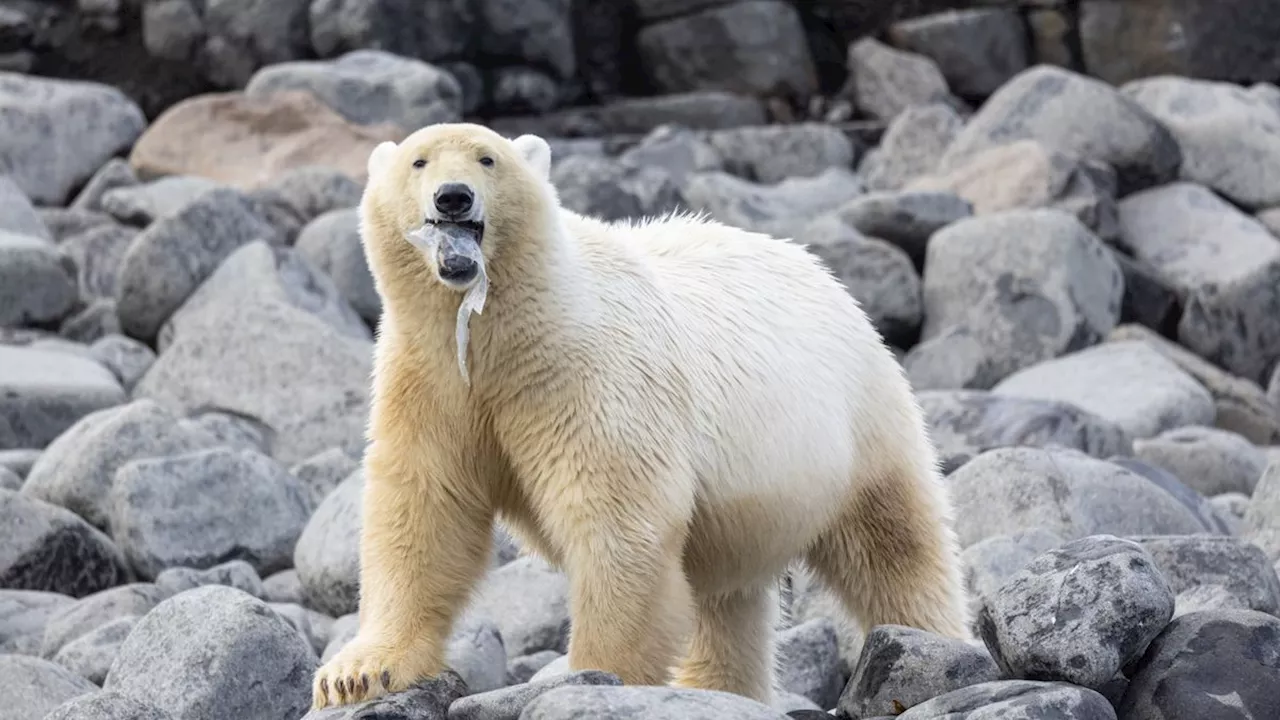 Bleak photo of polar bear with plastic in its jaws in the remote Arctic shows pollution's 'pervasive grip'Hannah Osborne is the planet Earth and animals editor at Live Science. Prior to Live Science, she worked for several years at Newsweek as the science editor. Before this she was science editor at International Business Times U.K. Hannah holds a master's in journalism from Goldsmith's, University of London.
Bleak photo of polar bear with plastic in its jaws in the remote Arctic shows pollution's 'pervasive grip'Hannah Osborne is the planet Earth and animals editor at Live Science. Prior to Live Science, she worked for several years at Newsweek as the science editor. Before this she was science editor at International Business Times U.K. Hannah holds a master's in journalism from Goldsmith's, University of London.
Read more »
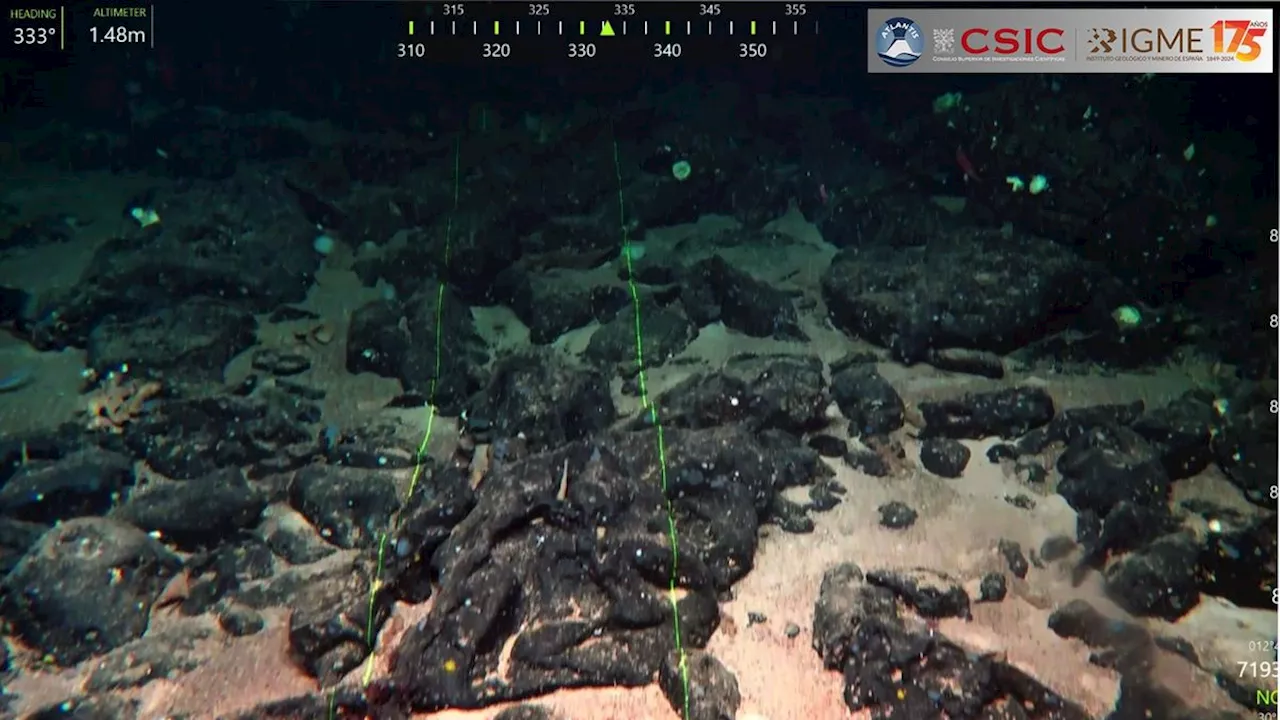 'This could be the origin of the Atlantis legend': Mountain that sank beneath the waves discovered off Canary IslandsHannah Osborne is the planet Earth and animals editor at Live Science. Prior to Live Science, she worked for several years at Newsweek as the science editor. Before this she was science editor at International Business Times U.K. Hannah holds a master's in journalism from Goldsmith's, University of London.
'This could be the origin of the Atlantis legend': Mountain that sank beneath the waves discovered off Canary IslandsHannah Osborne is the planet Earth and animals editor at Live Science. Prior to Live Science, she worked for several years at Newsweek as the science editor. Before this she was science editor at International Business Times U.K. Hannah holds a master's in journalism from Goldsmith's, University of London.
Read more »
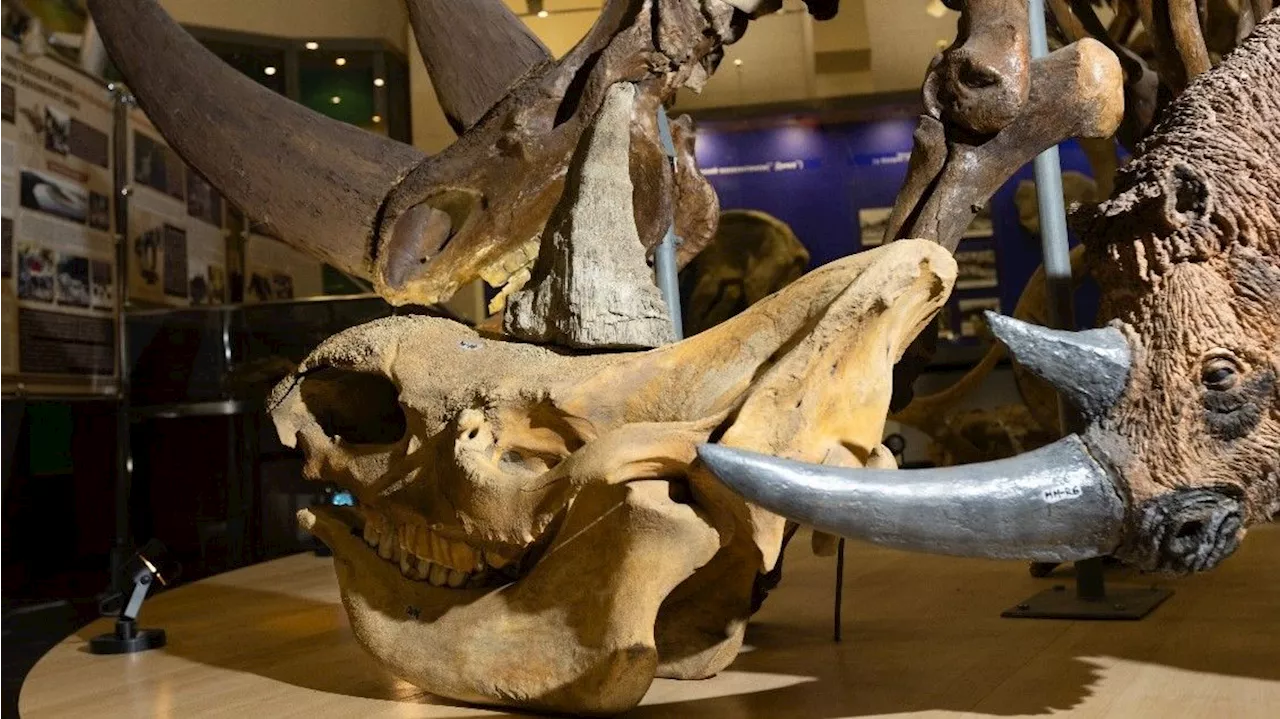 Siberian gold miners accidentally find ancient woolly rhino mummy with horn and soft tissues still intactHannah Osborne is the planet Earth and animals editor at Live Science. Prior to Live Science, she worked for several years at Newsweek as the science editor. Before this she was science editor at International Business Times U.K. Hannah holds a master's in journalism from Goldsmith's, University of London.
Siberian gold miners accidentally find ancient woolly rhino mummy with horn and soft tissues still intactHannah Osborne is the planet Earth and animals editor at Live Science. Prior to Live Science, she worked for several years at Newsweek as the science editor. Before this she was science editor at International Business Times U.K. Hannah holds a master's in journalism from Goldsmith's, University of London.
Read more »
